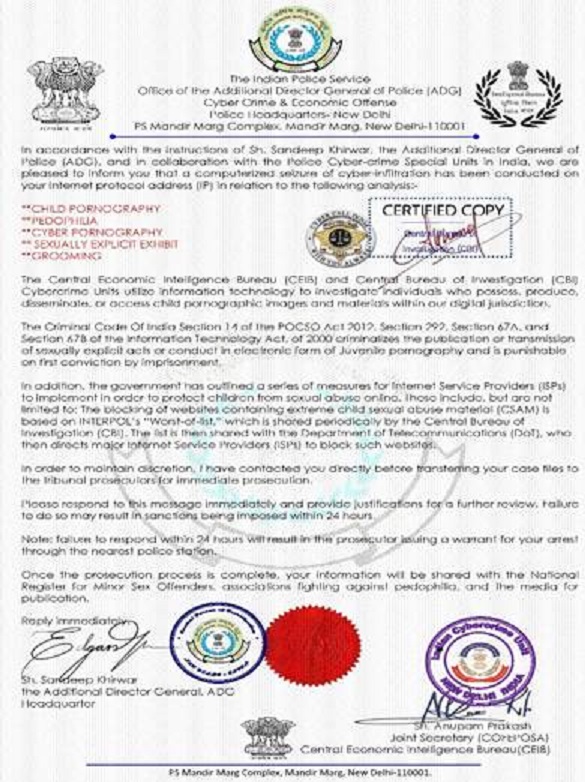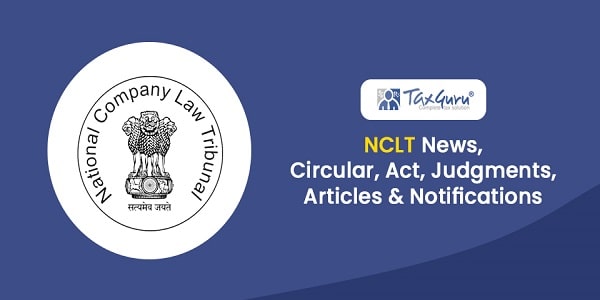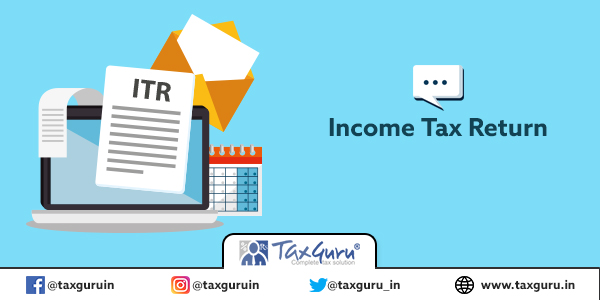From Financial year 2020-21, taxpayers (Individuals and HUFs) has an option to choose between Old Tax regime and the new Tax Regime. The new tax regime is available with lower tax rates and almost zero deductions/exemptions.
Here is the quick comparison table between tax rates at different slabs under Old Tax Regime vs. New Tax Regime–
| Tax Slab | Old Tax Rate | New Tax Rate |
| 0 – 2,50,000 | 0% | 0% |
| 2,50,000 – 5,00,000 | 5% | 5% |
| 5,00,000 – 7,50,000 | 20% | 10% |
| 7,50,000 – 10,00,000 | 20% | 15% |
| 10,00,000 – 12,50,000 | 30% | 20% |
| 12,50,000 – 15,00,000 | 30% | 25% |
| 15,00,000 & above | 30% | 30% |
As you can see under the new regime, income between Rs. 5 lakh and Rs. 7.5 lakh would be taxed at 10 percent, while income between Rs. 7.5 lakh to Rs. 10 lakh would be taxed at 15 percent. There is 20 percent flat on the entire slab for the existing regime. The earlier Rs. 10 lakh+ slab where you paid 30 percent, has been broken into three parts with rates of 20 percent for Rs. 10-12.5 lakh, 25 percent for Rs. 12.5 lakh-15 lakh and then 30 percent for Rs. 15 lakh and above.
List of Exemptions and Deduction available in Old and New Tax Regime
As we discussed, most of the exemption and deduction are not available under new tax regime. Here is the list of exemptions and deductions allowed or disallowed under both regimes-
| Claiming of Exemption or Deduction Allowed or Not | Old Tax Regime | New Tax Regime |
| Leave travel allowance u/s 10(5) | Allowed | Not allowed |
| House rent allowance u/s 10(13A) | Allowed | Not allowed |
| Allowances to MPs/MLAs u/s10(17) | Allowed | Not allowed |
| Allowance for clubbing of income of minor – Rs 1500 per child | Allowed | Not allowed |
| Deduction for SEZ unit u/s 10AA | Allowed | Not allowed |
| Standard deduction for salaried employees – Rs 50,000 and deduction for entertainment allowance and professional tax as contained in section 16 | Allowed | Not allowed |
| Interest u/s 24 in respect of self occupied or vacant property u/s 23(2) | Allowed | Not allowed |
| Allowance exempt u/s 10(14) except transport allowance to a divyang employee, conveyance allowance, daily allowance, cost to travel on tour | Allowed | Not allowed |
| Additional depreciation u/s 32(1)(iia) | Allowed | Not allowed |
| Deductions u/s 32AD, 33AB and 33ABA | Allowed | Not allowed |
| Deduction for donation or expenditure on scientific research u/s 32(1)(ii)/(iia)/(iii) or 35(2AA) | Allowed | Not allowed |
| Deduction from family pension under clause (iia) of section 57 | Allowed | Not allowed |
| Deduction u/s 35AD or 35CCC | Allowed | Not allowed |
| Any deduction under chapter VI-A except deduction u/s 80CCD(2) (employer contribution on account of employee in notified pension scheme)or 80JJAA (for new employment) | Allowed | Not allowed |
| Standard deduction on rent – 30% of the net annual value u/s 24 | Allowed | Allowed |
| Rebate u/s 87A (Max Rs. 12500) | Allowed | Allowed |
Old vs. New Tax Regime: Which one you should opt
There is no single answer to this as it depends on your annual earnings and component of exemptions and deductions included in it. However, prima facie new tax regime may seems beneficial due to reduced tax rates at various slabs.
Let’s discuss few examples to have a better understanding-
Example 1
| Income (Rs) | Old regime (Rs) | New regime (Rs) | Tax Difference (Rs) | |
| Salary | 1,250,000 | |||
| Less: Standard deduction | 50,000 | |||
| Gross total income | 1,200,000 | |||
| Less: Deduction u/s 80C | 150,000 | |||
| Total income | 1,050,000 | |||
| Income tax | 127,500 | 125,000 | ||
| Add: Education cess @ 4% | 5,100 | 5,000 | ||
| Total tax | 132,600 | 130,000 | 2,600 |
In the above example, for an income of Rs 12,50,000, the new tax regime is marginally beneficial. However, if you claim further deductions for health insurance, investment in NPS, education loan and so on, the existing regime will be helpful.
Example 2
| Income (Rs) | Old regime (Rs) | New regime (Rs) | Tax Difference (Rs) | |
| Salary | 2,000,000 | |||
| Less: Standard deduction | 50,000 | |||
| Less: HRA | 50,000 | |||
| Less: Health Insurance | 25,000 | |||
| Less: Leave travel Allowance | 25,000 | |||
| Less: NPS 80CCD(1B) | 30,000 | |||
| Less: Deduction u/s 80C | 150,000 | |||
| Total income | 16,70,000 | |||
| Income tax | 3,13,000 | 3,37,500 | ||
| Add: Education cess @ 4% | 12,542 | 13,500 | ||
| Total tax | 3,26,040 | 3,51,000 | 24,960 |
In the above example, for an income of Rs 20,00,000, the old tax regime is beneficial.
It can be said that if you are claiming more deductions and exemptions then opting Old tax regime works better for you. However, it is advisable to perform calculation of tax under both regime and then opt accordingly.
Things to keep in mind while opting new tax regime
The choice is available every year and any regime which is beneficial can be adopted by the individual & HUF (except for those who have income from business or profession).
Individuals who have income from business or profession cannot switch between the new and old regimes every year. If they opt for the new regime, such taxpayers get only one chance in their lifetime to go back to the old regime. Further, once switched back to existing tax regime, they will not be able opt for new regime unless their business income ceases to exist.
Note- The information provided in this article is generic in nature and for informational purposes only.





























Sir standard deduction is not available for employee who is opting for new regime right?